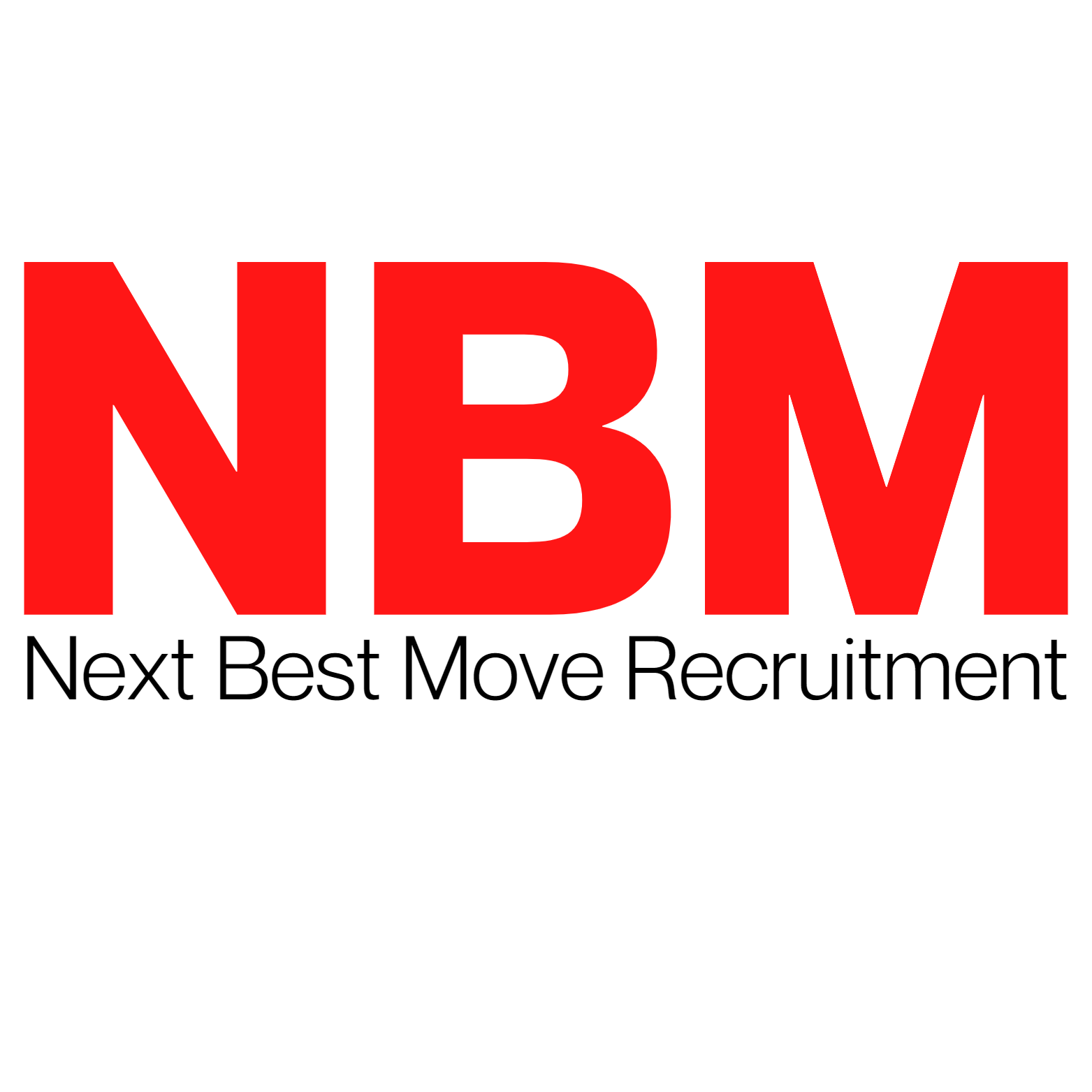
How to Build a Talent Pipeline for Long-Term Hiring Success
Introduction: Hiring Shouldn’t Start When a Vacancy Opens
Most companies only start recruiting after someone quits or a new position is created. This reactive approach leads to rushed hiring and compromises on candidate quality. Building a talent pipeline — a pool of engaged candidates ready to step into roles — transforms hiring from a crisis-driven process to a strategic advantage. It ensures your company is never caught off guard.
What Is a Talent Pipeline?
A talent pipeline is a proactive approach to recruitment. It means continuously sourcing, engaging, and nurturing relationships with potential candidates — even if you don’t have immediate openings. These candidates are pre-qualified and familiar with your company, making future hiring much faster, smoother, and more successful.
Why Your Business Needs a Talent Pipeline
A strong talent pipeline reduces time-to-hire, cuts recruitment costs, and improves the quality of hires. Instead of starting from scratch every time, you already have relationships with interested, qualified individuals. Plus, in today’s competitive job market, top candidates aren’t on the market for long — having them already in your pipeline keeps you ahead of competitors.
How to Start Building Your Talent Pipeline
The first step is to clearly define the critical roles your business will likely need to fill in the next 6 to 18 months. Once you’ve identified these roles, proactively source candidates through networking, employee referrals, and sourcing tools like LinkedIn Recruiter. Attend industry events, build relationships on social media, and invite potential candidates to informational interviews.
Engage and Nurture Your Future Candidates
Simply collecting resumes isn’t enough. Stay in touch with your pipeline candidates through regular updates, newsletters, and personalized communication. Share company news, invite them to webinars, or send career development resources. When a position opens, these candidates already feel connected to your brand and are more likely to respond enthusiastically.
Tools and Technology That Help Manage Pipelines
Applicant Tracking Systems (ATS) and Candidate Relationship Management (CRM) tools make it easier to organize and maintain your pipeline. You can tag candidates by skills, location, and interest level, set reminders to reach out, and automate some engagement efforts. Investing in the right technology saves time and ensures no great candidate slips through the cracks.
Conclusion: A Talent Pipeline Is a Long-Term Investment
Building a talent pipeline takes time and consistent effort, but the payoff is immense. Companies with strong pipelines experience fewer hiring delays, better candidate matches, and reduced recruitment costs. Think of your talent pipeline like a garden — the more you nurture it now, the more you’ll benefit when it’s time to hire. Start building today, and future-proof your recruitment strategy.

Share
Facebook
Twitter
LinkedIn
Telegram
Tumblr
WhatsApp
VK
Mail